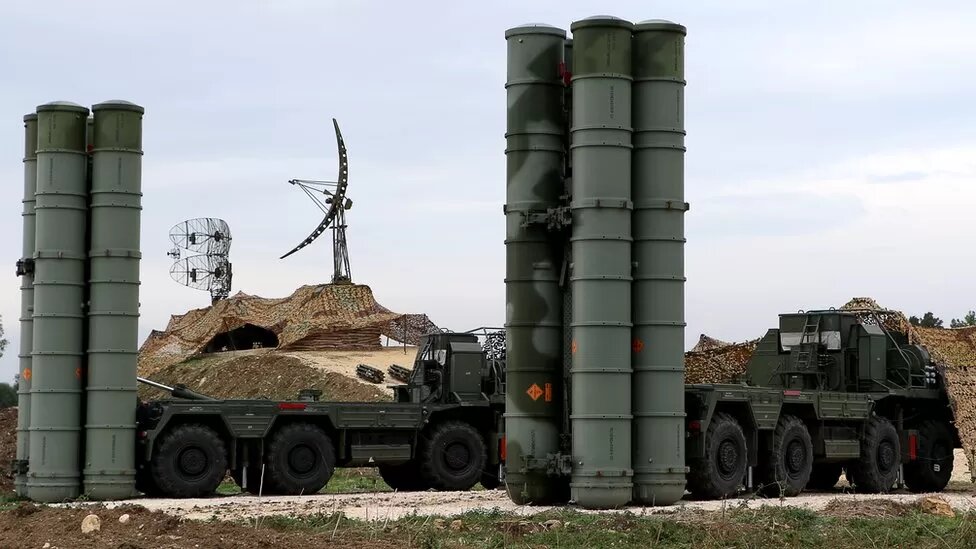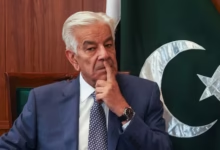Five S-400 Regiments Expected To Delivered By Early-2024

- After Russia was kicked out of the global SWIFT system for sending money, the payment problems got worse. After trying to make payments in euros
- India and Russia have agreed to use the rupee-rouble system to pay each other. With several big-ticket deals in the works, there are a lot of payments to be made.
Official sources say that a $5.43 billion deal with Russia for five regiments of S-400 air defence systems should be finished by the end of the year or the beginning of 2024. But problems with late payments and insurance and reinsurance are still big problems that are holding up deals that are already in the works.
This will be the main topic of discussion when Russian Foreign Minister Sergey Lavrov meets with his Indian counterpart S. Jaishankar on the sidelines of the G-20 Foreign Ministers meeting, which takes place just after the first anniversary of the ongoing war in Ukraine.
Russia’s Ambassador to India, Denis Alipov, said earlier this month that the third S-400 regiment has been delivered. This means that two more regiments still need to be sent. A few months were lost for the second and third regiments. “Milestone payments” have not been made on time.
Sources say that the three regiments are set up along the northern, eastern, and western borders.
In a written answer to Parliament in July 2019, the Union government said that S-400 deliveries were “likely to be made by April 2023.” Alexander Mikheyev, the CEO of Rosoboronexport, told the Army Expo in Moscow in August 2022 that all five S-400 regiments would be sent to India by the end of 2023.
The Indian Navy’s Kilo class submarine, INS Sindhuratna, just got a new lease on life in Russia, but transportation problems made it impossible to bring it back. The first plan was to move it directly from Russia on a transport dock ship, but that didn’t happen. The Navy then tried to move the submarine by sea to Norway and then on a transport dock to India, but that also didn’t happen, sources said. We now know that it will sail on its own and stop at ports along the way.
Officials have said that transportation has been a big problem, as has finding cargo carriers who are not covered by sanctions and who have insurance. Insurance and reinsurance are being talked about, in part to keep cargo ships from getting in trouble with sanctions. In this case, diplomatic sources said that more and more Russian shipments were being used.
India signed a deal in October 2018 to buy five S-400 regiments for $5.43 billion, or 40,291 crore, based on the exchange rate of 74.2 to the dollar at the time. Payment problems have put off the deal from the start.
With the threat of U.S. sanctions under CAATSA (Countering America’s Adversaries Through Sanctions Act), the two sides worked out payments using the rupee-rouble exchange. As the deal was to be carried out using the rupee-rouble method, it took a little longer to make the 15% advance payment of $5.43 billion that was due when the deal was signed.
After Russia was kicked out of the global SWIFT system for sending money, the payment problems got worse. After trying to make payments in euros, India and Russia have agreed to use the rupee-rouble system to pay each other. With several big-ticket deals in the works, there are a lot of payments to be made. Both sides are still talking about how to solve the problem.
Mr. Alipov said at a seminar earlier this month that the vostro accounts had been opened and the mechanism for the rupee-rouble trade had been set up. He said that it was now up to the banks to use it, calling many Indian banks “overcautious” because they were afraid of secondary sanctions from the U.S.







Facebook Comments